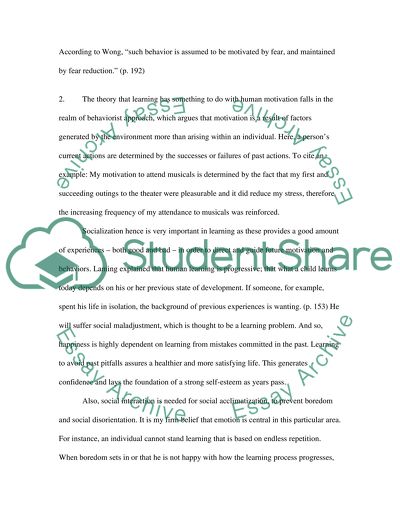Cite this document
(“Intrinsic Motivation and Self-Determination in Human Behavior Assignment”, n.d.)
Intrinsic Motivation and Self-Determination in Human Behavior Assignment. Retrieved from https://studentshare.org/psychology/1541870-psychology-essay-human-motivation
Intrinsic Motivation and Self-Determination in Human Behavior Assignment. Retrieved from https://studentshare.org/psychology/1541870-psychology-essay-human-motivation
(Intrinsic Motivation and Self-Determination in Human Behavior Assignment)
Intrinsic Motivation and Self-Determination in Human Behavior Assignment. https://studentshare.org/psychology/1541870-psychology-essay-human-motivation.
Intrinsic Motivation and Self-Determination in Human Behavior Assignment. https://studentshare.org/psychology/1541870-psychology-essay-human-motivation.
“Intrinsic Motivation and Self-Determination in Human Behavior Assignment”, n.d. https://studentshare.org/psychology/1541870-psychology-essay-human-motivation.


